New Digitized Yearbooks in Time for Back to School!
We’ve been hard at work this summer adding on to our digital collection of WWII-era yearbooks, See You Next Year: High School Yearbooks from WWII. In addition to being a great classroom tool to teach students about using primary sources, these yearbooks provide a unique perspective on WWII, allowing visitors to experience the setbacks and triumphs of the war through the eyes of America’s youth.
Dunbar High School in Dayton, OH
Named after the late 19th century poet and Dayton native, Paul Laurence Dunbar High School was initially intended to be a middle school, but soon admitted high school students as well due to its immediate popularity. Dunbar followed in the tradition of America’s first all-black high school in Washington, D.C., with which it shares a name. The school also served as a center of employment for African American teachers, who often found themselves unemployed after completing teacher training due to the preference for hiring white teachers. Emphasizing that separate truly is inherently unequal, Dunbar’s yearbook more closely resembles a pamphlet in its design; there are no individual student portraits, no extravagant prom photos, and it is smaller than yearbooks at white high schools, measuring at less than 8×10 inches.
Moses Brown School in Providence, RI
Founded in 1784, the Moses Brown School is one of the oldest preparatory schools in the US. Its founder and namesake, Moses Brown, was a Quaker abolitionist and started the school to educate other young Quakers. While originally co-ed in accordance with the Quaker belief of gender equality, the school became boys-only in 1926, and would remain so for 50 years. The yearbook itself was put together during America’s earliest official involvement in World War II, and went to print several months after the attack on Pearl Harbor. A thorough class history documents the fear and confusion students felt, and discusses how faculty became air-raid wardens. While the school’s Quaker tradition was anti-war, many students ultimately joined the military. The school would also hire many veterans after the war to serve on their faculty, several from nearby Brown University, where many local Providence veterans used their GI Bill to earn a degree.
And thanks to the generosity of two of our Museum volunteers, we’ve also added new yearbooks from Albert Lea, MN and our homebase, New Orleans, LA!
Albert Lea High School in Albert Lea, MN
Albert Lea was a small town during World War II, with a population of just over 12,000 people, and truly felt the effects of so many young men and women leaving to enter the military or seek employment in industrial cities. Many of the boys left school mid-year ‘in order to preserve the four freedoms.’ By the end of the 1945 schoolyear, more than 30 Albert Lea High School alumni were killed in action, with many more like Museum volunteer Ross Gamble still set to enter the Armed Forces. In addition to the personal losses, the same Home Front issues impacted the students daily; ‘rationing makes the food problem difficult,’ says the caption next to her portrait, ‘but [cafeteria chef] Mrs. Mable R. Crynes continues serving nutritous and inexpensive meals.’ Students held war bond drives each week, and gathered supplies to donate boxes to the Red Cross. Additionally, many boys took part time jobs at the local post office during school holidays to assist in getting packages overseas.
Isidore Newman School in New Orleans, LA
“It didn’t occur to us that we’d end up in the service,” yearbook donor and WWII veteran Tommy Godchaux stated during his oral history. Despite his feelings at the time, the pages of the 1942 Pioneer yearbook from the exclusive Isidore Newman School are chock full of wartime imagery, from the title illustration featuring an armed Uncle Sam carrying a tank and a Higgins Boat landing craft to its advice column for boys and girls. Everything from popular trends to contemporary music is interpreted through the war, including the role students must play in supporting the Allies. The Pioneer also reveals student attitudes toward gender roles in features like “For Girls Only” as well as the school-wide Pioneer Poll, in which 80% of boys and 56% of girls voted against women wearing slacks. In February 1942, with America’s involvement in WWII just three months old, one student ponders “Should we hate our enemies?”
Posted by Gemma Birnbaum, Digital Education Coordinator at The National WWII Museum.


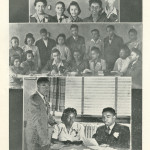
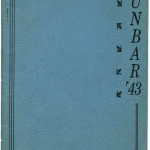
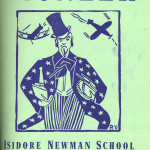
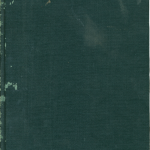
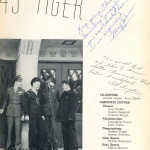
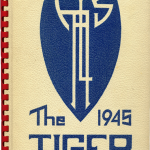
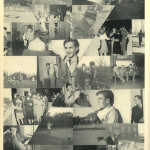
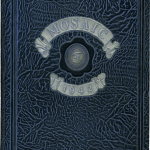


Leave a Reply